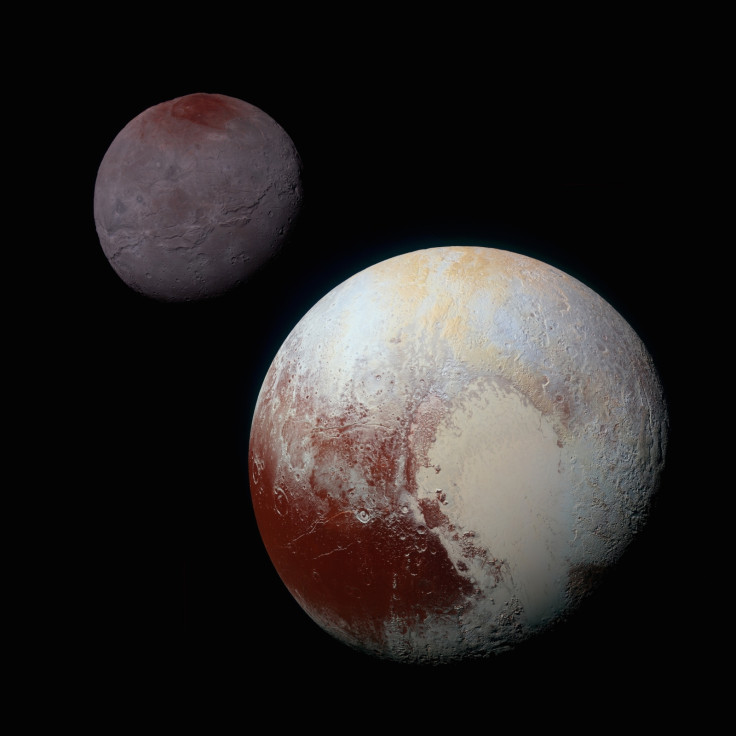Nasa says icy worlds like Pluto may have hidden oceans that could host alien life
New Nasa study finds factors that may have extended the lifespan of subsurface oceans under distant icy worlds.

In a new study, researchers at Nasa have found that celestial objects beyond the orbit of Neptune such as Pluto and its moons could still have active subsurface oceans, making it one of those potential worlds in the Solar System where scientists can look for signs of alien life. These worlds are mostly frozen as they are located far away from the Sun.
According to Forbes, the temperatures on these Trans-Neptunian Objects (TNOs) could go beyond -200 degree Celsius, and they are too cold to sustain liquid water on the surface. However, Nasa has recently detected signs of liquid water beneath their icy crusts. It was not clear though how that could be possible.
Nasa's study shows decay of radioactive elements under the surface of these celestial objects generates the required heat to create and maintain subsurface oceans for billions of years. The radioactive elements were incorporated during the formation of these objects. With the decay slowing down over the years and eventually stopping, these oceans go back to the frozen state.
However, now a new theory from the space agency suggests that there might be some factors that could have helped with maintaining liquid water below the surface of some these objects, longer than initially thought.
The collision of two massive celestial objects forms one or more moons, which initially settles in an unstable orbit around a parent object and later adjusts into a circular orbit with one side permanently facing the parent.
As this happens, the gravity between the parent world and its new moon causes their interiors to stretch and relax over and over again. This generates friction that releases heat, something that may have helped in extending the lifespan of subsurface oceans on these worlds, Nasa says.
"These objects need to be considered as potential reservoirs of water and life," Nasa's Prabal Saxena, lead author of the research published in Icarus, says. "If our study is correct, we now may have more places in our solar system that possess some of the critical elements for extraterrestrial life."
The researchers behind this study found more interesting results after checking the contribution of tidal heating equations into the heat budget of known Trans-Neptunian Objects.
"We found that tidal heating can be a tipping point that may have preserved oceans of liquid water beneath the surface of large TNOs like Pluto and Eris to the present day," said study co-author Wade Henning.
Though water is not the only element required to host alien life, the possibility of finding water on these icy worlds does expand the potential locations and chances for finding extraterrestrials.
Moving ahead, researchers plan to develop and use even more advanced models of tidal heating and TNO interiors to determine how long tidal heating can extend the lifetime of a liquid water ocean.





















